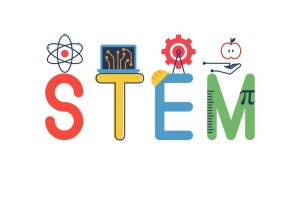It has been quite a while since I wrote a blog focused on STEM – the last one was “STEM or not, own your career”. A field trip with my 8-year-old granddaughter, Kylie, and 6-year-old grandson, Colin, to the Boston Museum of Science during their winter break got me thinking it’s time to talk about STEM again. To make this more than just another nana story, I did a little research on current STEM statistics both from a workforce and education perspective.
Boston Museum of Science during their winter break got me thinking it’s time to talk about STEM again. To make this more than just another nana story, I did a little research on current STEM statistics both from a workforce and education perspective.
Here are a few facts I found on a site describing National STEM/STEAM Day:
- The number of STEM vacancies remains higher than the actual candidates.
- The average pay for STEM jobs is 70% higher than the national pay average.
- In the U.S. 8 out of 10 employers were looking for employees with STEM education for important job roles.
- The U.S. Bureau of Statistics predicts that 80% of the jobs in the upcoming years will require technical skills.
- STEM jobs were predicted to increase in the U.S. by 16% between 2014 to 2024.
I also found an insightful blog, “The state of STEM education told through 26 stats” from iD Tech – a company that provides tech camps for youth. Here are some highlights on STEM education from that blog:
- Only 20% of US high school graduates are prepared for college-level coursework in STEM majors.
- Fewer than half of the schools in the US offer computer science classes.
With a focus on encouraging and preparing girls for STEM careers, it had some interesting statistics:
- 74% of middle school girls express an interest in engineering, science, and math but only 0.4% choose computer science as a major when they get to college.
- As of 2019, women comprise just 27% of the STEM workforce.
- 63% of middle school girls who know women in STEM feel powerful doing STEM.
- Moms who communicate on STEM leads to girls being +20 points more interested in pursuing their studies.
You can check out the blog for data sources and more insights.
When we talk about pipelines for future job opportunities, it is important that we start all the way back to elementary school ages and expose kids to various fields of study. Continue reading




